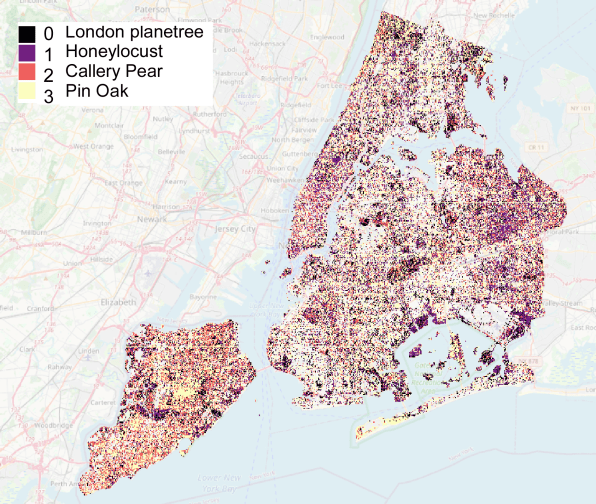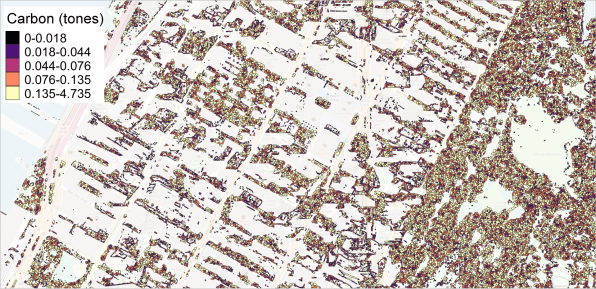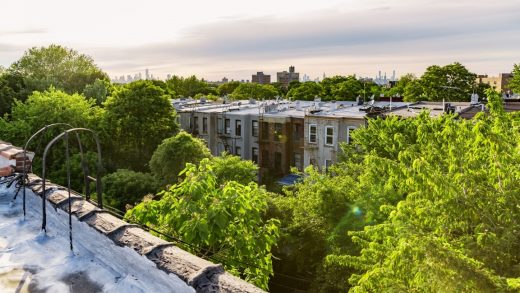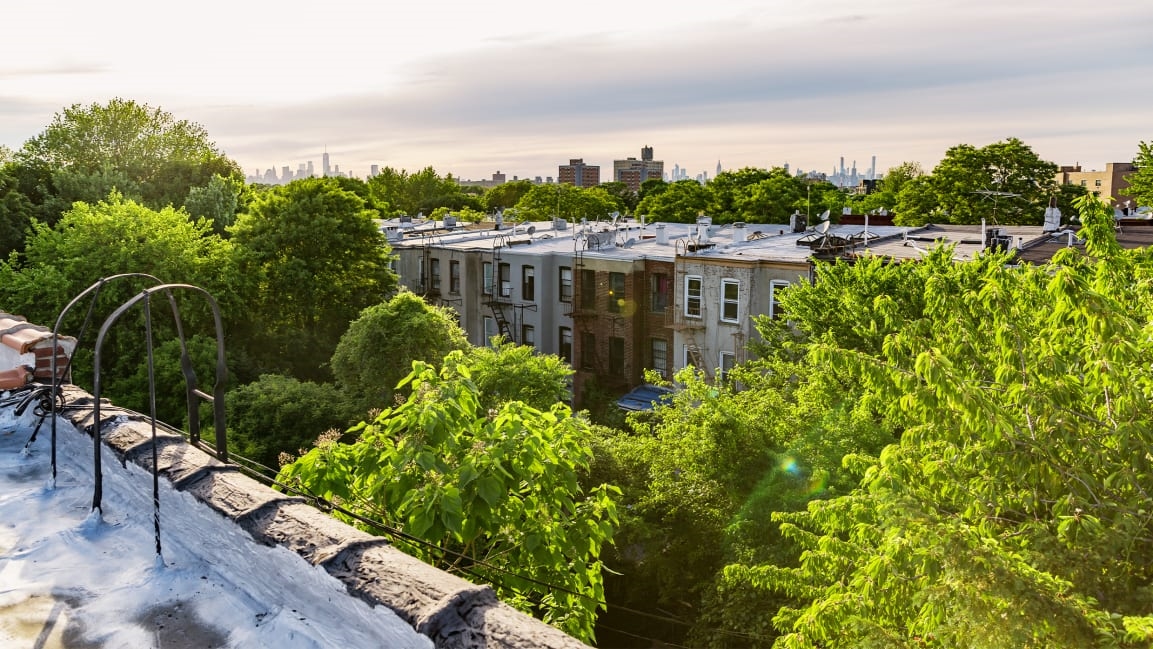IBM’s new AI tool figures out exactly how much carbon each tree can capture
All trees suck up CO2 as they grow. But the type of tree and where it’s planted make a difference in how much carbon it can capture—and when companies pay for carbon offsets in forests, they’re often based on generic estimates that may not quite represent what’s actually growing in an area. A new tool in development from IBM uses AI to precisely map specific trees and better understand their climate benefit.
The technology starts with aerial images of trees along with lidar data, a 3D model that’s made when a laser mounted on an airplane measures the distance to objects on the ground. “You’ll have aircraft that flies back and forth over a piece of land and get very precise estimates of the elevation of different objects,” says Campbell Watson, an environmental scientist at IBM. “A tree, for example, appears as what we call a point cloud.” The data shows the height of each tree, the size of the crown, and even each individual leaf.
IBM’s tech pulls in the data and makes it uniform, since lidar data is often stored in different formats and hard to analyze. It also uses machine learning to compare aerial images to a database of tree types. With the size and species of tree, it’s possible to estimate how much carbon each is sequestering.

The researchers tested a prototype of the tool in Manhattan, figuring out the species of each tree in the borough and estimating that trees are sequestering 52,000 tons of carbon. While lidar data isn’t available everywhere, the more detailed data in some cities can help refine the tool so it can use aerial imagery alone in other locations. It can help provide more certainty in carbon markets. And as cities and forest managers plan where to plant more trees, it can offer more evidence about which types will grow fastest in a particular area.

“Trees are incredibly sensitive beings—the microclimate, the underlying ecosystem and water availability all play a role in the carbon storage capacity of a single tree,” says Watson. “But these characteristics are very difficult to quantify. Armed with city-wide knowledge about the species of each tree and the amount of carbon they store, we can, with some confidence, identify the ideal tree species to plant in a given location given the surrounding environment.”
Some startups are working on similar services to estimate the carbon stored in trees. Pachama, for example, uses lidar, satellite images, and artificial intelligence to track the carbon stored in remote forests as some trees grow and others are lost to illegal deforestation or wildfires. Microsoft and other companies now buy carbon credits through Pachama’s platform. IBM will offer another alternative for tracking carbon in trees. The tool, which will likely roll out later this year, will be part of the company’s Pairs platform, a suite of free environmental technology.
Fast Company , Read Full Story
(52)



